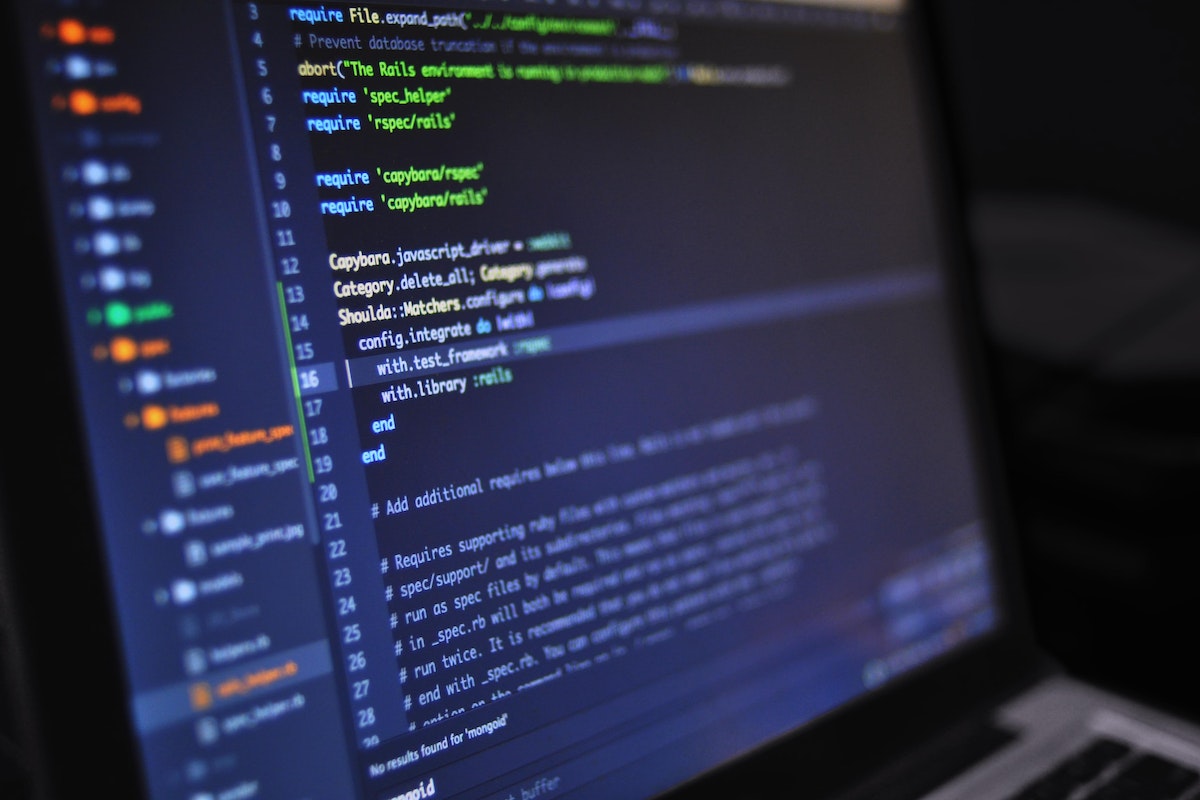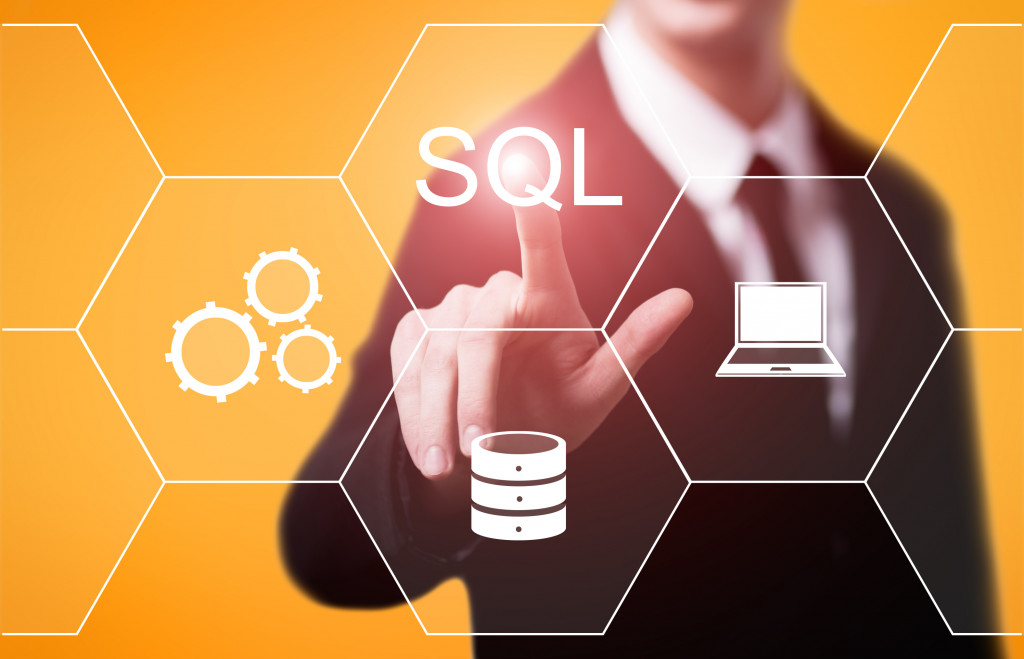Managing databases can be daunting for business owners, as it requires a high level of technical knowledge and skill. However, businesses can use different database systems, each with advantages and challenges. Understanding the different kinds of business database systems is the first step in setting up a successful one. Here’s a closer look at them and how they’re maintained.
Relational Database System (RDBMS)
The RDBMS is one of the most common database systems used by businesses. It stores data in separate tables, allowing users to easily access specific data without searching an entire dataset. The relational model also makes it easier to maintain data integrity since all changes made to one table are automatically reflected in other related tables.
RDBMSs, such as SQL servers, can quickly scale up or down depending on the size of your business. However, they require regular maintenance, such as updating software versions and regularly creating backups. Effective SQL server database performance monitoring and tuning can help ensure its performance remains optimized.
This is because query optimization and indexing can be time-consuming tasks, especially if you have an extensive database. With regular maintenance, businesses can minimize risks associated with using an RDBMS, such as data corruption or system downtime.
Object-Oriented Database System (OODBMS)
An OODBMS is similar to an RDBMS but takes it a step further by allowing objects such as pictures or audio files to be stored within the system itself rather than just text-based data like with an RDBMS. This makes them particularly useful for multimedia applications like online stores or streaming services that need to store images or audio files along with their associated text information.
OODBMSs require more frequent maintenance than other types of database systems due to their more complex nature; however, they are often worth it due to their flexibility and scalability. For instance, OODBMSs can be easily updated with new features and programs without rebuilding the entire system.
Regular maintenance of an OODBMS includes ensuring it’s up-to-date with the latest version, optimizing query performance, and cleaning up any unnecessary files or data that may have been left behind. Companies should also regularly back up the system to ensure their data is safe and secure.

Cloud Database System (CDBMS)
A CDBMS is a type of distributed database system that runs on multiple computers located in different locations around the world—hence the “cloud” part in its name. This allows businesses to store large amounts of data without having physical servers onsite or worrying about server maintenance issues like power outages or hardware breakdowns.
CDBM systems also provide better security than traditional databases since they can be accessed from anywhere as long as you have an internet connection and proper authentication protocols are in place. As with any cloud service, you must choose a reliable provider that offers adequate security measures for your data protection needs.
Additionally, regular maintenance of a CDBMS involves monitoring the system for potential security threats, such as unauthorized access or data corruption. Businesses should also keep up-to-date with their cloud provider’s latest updates and new features to ensure that their system remains optimized for performance.
NoSQL Database System (NDBMS)
NoSQL databases are designed to handle large datasets that don’t fit neatly into a traditional relational structure like those used by RDBMSs or OODBMSs. These databases store data in key-value pairs instead of tables and columns, which makes them ideal for large datasets that need to be quickly updated without having to update numerous related tables every time something changes.
This can be used for tracking real-time analytics from social media platforms like Twitter or Instagram. NDBMSs require less maintenance than other types since there isn’t typically an issue with scaling up or down with these databases; however, they require regular backups, so you don’t lose any important information if something goes wrong.
Also, security needs to be considered when dealing with NoSQL databases, as they are vulnerable to malicious attacks if not properly secured. Companies should ensure regular security scans and checks are done on their NDBMS system to ensure its safety and integrity.
No matter what type of business you run, choosing the right type of database system is essential for success—but understanding how each type works is only half the battle; maintaining them properly is equally crucial if you want your system to run smoothly over time. Keeping up with regular maintenance tasks such as software updates, creating backups, and monitoring performance will help ensure your business’s database remains secure and efficient. With proper management, any database system can provide value for your company—it just depends on which type best fits your needs!



